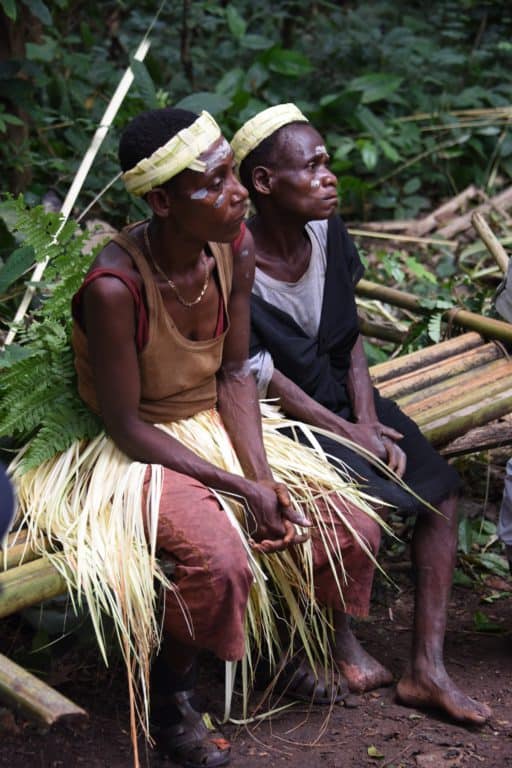Treatment: Near but Far
Yohei Sasakawa

With the development of multidrug therapy (MDT) in 1981, leprosy became a curable disease. By the mid-twentieth century, a somewhat effective treatment was available, but with MDT, it became possible to greatly reduce the incidence of drug resistance and recurrence of the disease, which made it an even more effective treatment. Moreover, MDT was made available for free. This meant the resources could now be focused on case detection, treatment of aftereffects, and social rehabilitation of those affected by leprosy. Furthermore, now that the medicine was free, that would also put a stop to black market or other illicit sales of the drugs.
Nevertheless, providing reliable access to the medication and ensuring that it is taken correctly are much more difficult than one might expect. A major reason is that many of those affected by leprosy live on islands, in forested areas or other areas of limited access. MDT regimens require taking a number of medicines regularly over a given period of time. At first, medicines were wrapped in paper or a newspaper and simply handed to the person, but this method made it easier to lose the medication or forget to take it. This led to the discovery of the blister pack. In this clear, plastic pack, each individual dosage is sealed and clearly explained in the local language. The blister pack also protects the medication from environmental factors, thus ensuring that quality is preserved until use.
That does not necessarily mean, however, that the problem is solved. Many people affected by leprosy are not literate and quite a few have never taken medicine before. Swallowing a hard object without chewing it is much harder than one would expect without previous experience.
For this reason, when delivering the drugs, careful explanation on how to take them is necessary, sometimes with a demonstration. In some hunting societies, like the Pygmy society in Africa, it is the custom to divide and share the catch, so when the drugs are dispensed to a person who needs treatment, they may be shared and taken by everyone in the village. But, even among Pygmies with such a sense of equality, two who were affected by leprosy in a village of about twenty people experienced harsh discrimination as their condition was called “divine punishment” and the “curse of the devil.”
Those affected by leprosy are exiled from the community or hidden away, and this has happened all over the world, including in developed countries. Prejudice and discrimination are the greatest barrier to finding those affected by leprosy and providing medication and treatment.
Yohei Sasakawa
WHO Goodwill Ambassador for Leprosy Elimination
Chairman, The Nippon Foundation